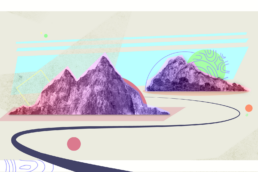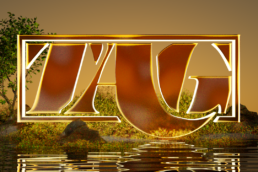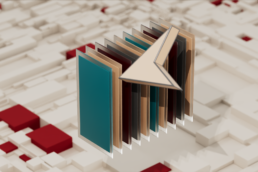Artificial Intelligence is everywhere.
It’s writing emails, making playlists, and even trying to crack jokes (with varying levels of success). However, one area where AI has really been making waves is animation. At first glance, the idea of AI-generated animation sounds futuristic and exciting. Imagine feeding a few prompts into a machine and then suddenly a fully animated film appears.
Right now, AI works best for static visuals, style reference tests, or generating early concept art. It can be great for sparking ideas or providing inspiration, and at The Animation Guys, we sometimes use it at this early stage to help speed things up, especially on tighter budgets. It gives us a base from which to build and lets us push creative boundaries further and faster. But that’s very different from letting AI do the whole job.
When it comes to moving images, the actual animation bit, things get messy fast. Characters glitch. Movements don’t feel natural. Expressions start to feel off. And timing, weight, and nuance? Those just aren’t there yet. Not consistently. Not for a brand that wants to be taken seriously.
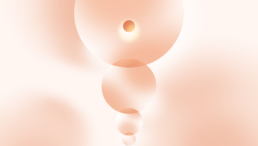
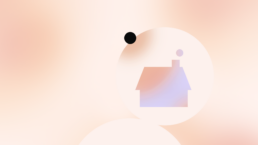
Is AI Original?
Animation is all about creativity. Every great animated film, series, or commercial starts with a unique idea. Animators breathe life into these ideas by choosing distinctive designs, dynamic movements, and employing a fresh artistic vision.
For animators, we do this by shaping a message, aligning stakeholders, solving problems, and making sure every moment connects with the audience. That process? That back-and-forth between brief and brilliance? AI can’t touch that.
Most of our conversations with clients don’t start with “make us an animation.” They start with something messier: a business goal, a half-formed idea, or a team that needs alignment. Through collaboration, scripting, feedback rounds, and good old-fashioned creative friction, we arrive at a story that makes sense and visuals that feel alive. That kind of process doesn’t happen when you just plug a sentence into a generator.
Also, audiences know when something’s had care put into it. They can spot a cut corner.
AI, on the other hand, can’t create anything new. Instead, it takes inspiration from existing works, repurposing styles, microinteractions, and characters in ways that feel fresh but aren’t new.
AI doesn’t have the ability to innovate the way human animators do. It doesn’t make its way through the world, feel emotions, or push creative boundaries. It just combines bits of pre-existing work and hopes no one notices.
This leads to animation that feels a little…off. Maybe the style is eerily similar to a well-known artist’s work, or worse, it imitates another company’s branding entirely. It’s because AI isn’t drawing from an internal bank of imagination; it’s been borrowing from art that has already been made.
AI animation can be a nifty tool, but relying on it to produce polished, high-quality work is like expecting a little too much. It’s just not going to happen without a lot of extra effort.
Who Owns AI Animation?
If AI animation wasn’t already struggling enough, there’s another massive roadblock standing in its way. Legal issues.
Because AI needs pre-existing work to function, ownership of AI-generated animation becomes a complicated mess. Who actually owns the final product? The person who provided the prompts? The company that trained the AI? The countless artists whose work was unknowingly used as training data?
It ends up being a total legal minefield. Many AI models are trained on vast amounts of publicly available artwork, often without the original artists’ permission. This means an AI-generated animation unintentionally copies elements from copyrighted material, landing companies straight into hot water.
Companies that use AI-generated animation without careful oversight might find themselves facing copyright claims. Until the legal side of AI-generated content is fully ironed out, using AI-generated animation commercially could land you in hot water. And no one wants that.
The Future is Animated
AI is an incredible tool, but it’s no replacement for human creativity. While AI-generated animation can be fun to experiment with, it requires extensive human intervention to look decent and comes with the risk of legal complications. The best animation that sticks with audiences, makes people laugh, and tugs at their heartstrings will come from real artists, not machines.
So yes, AI has its uses. We use it smartly when it helps push projects further without compromising quality. But if you want an animation that tells your story, hits the right tone, and actually means something to your audience? That still takes people.
Now, if you’re looking for high-quality, handcrafted animation that’s bursting with creativity, us humans at The Animation Guys have got you covered. Get in touch and book a free 30-minute consultation to get our team of passionate animators visualising your ideas in a way no AI ever could.
Share this bite
The Animation Video Workbook
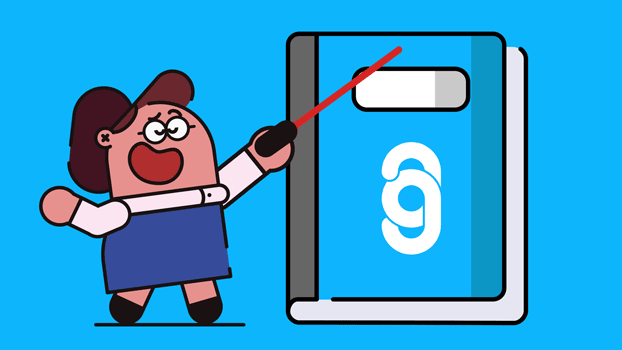
The 1-stop shop for everything you need to know about making the most awesome video possible

